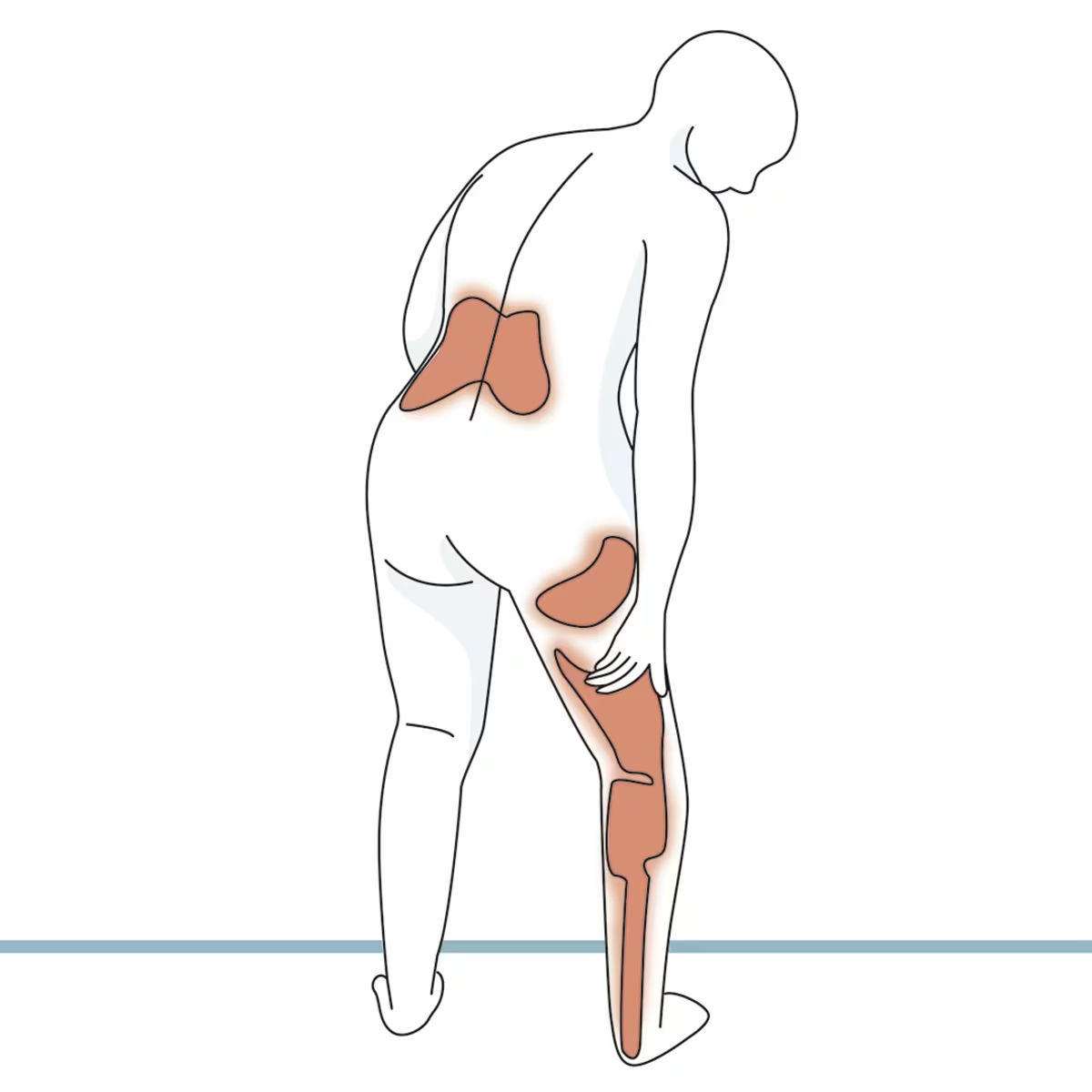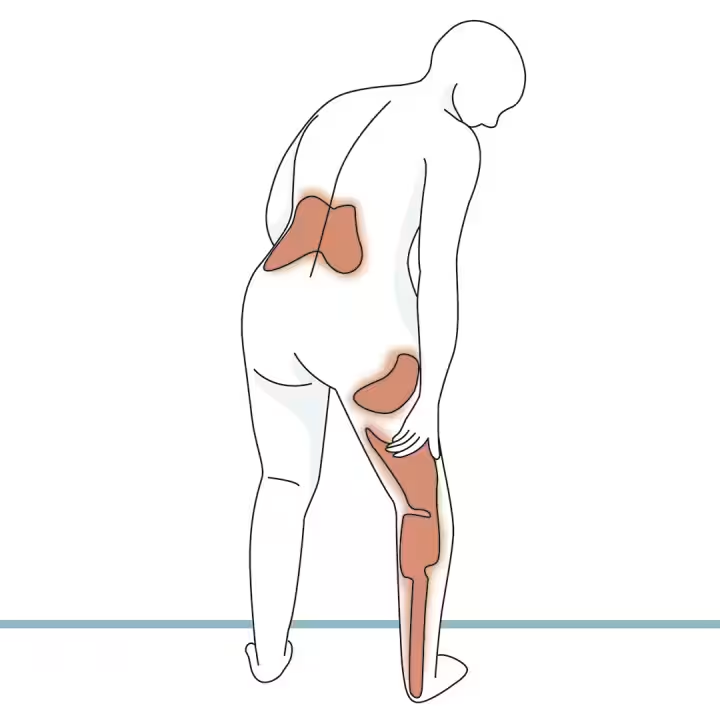


Situation
Diagnoses and symptoms
Underlying conditions just are as varied as the symptoms they cause – from ligament, joint and bone injuries to the treatment of complete or partial leg paralysis.
Underlying conditions just are as varied as the symptoms they cause – from ligament, joint and bone injuries to the treatment of complete or partial leg paralysis.
Get detailed information about different conditions and symptoms, treatment options and diagnostic methods. Specific orthoses and supports have been designed to address each diagnosis and help relieve your pain and discomfort.